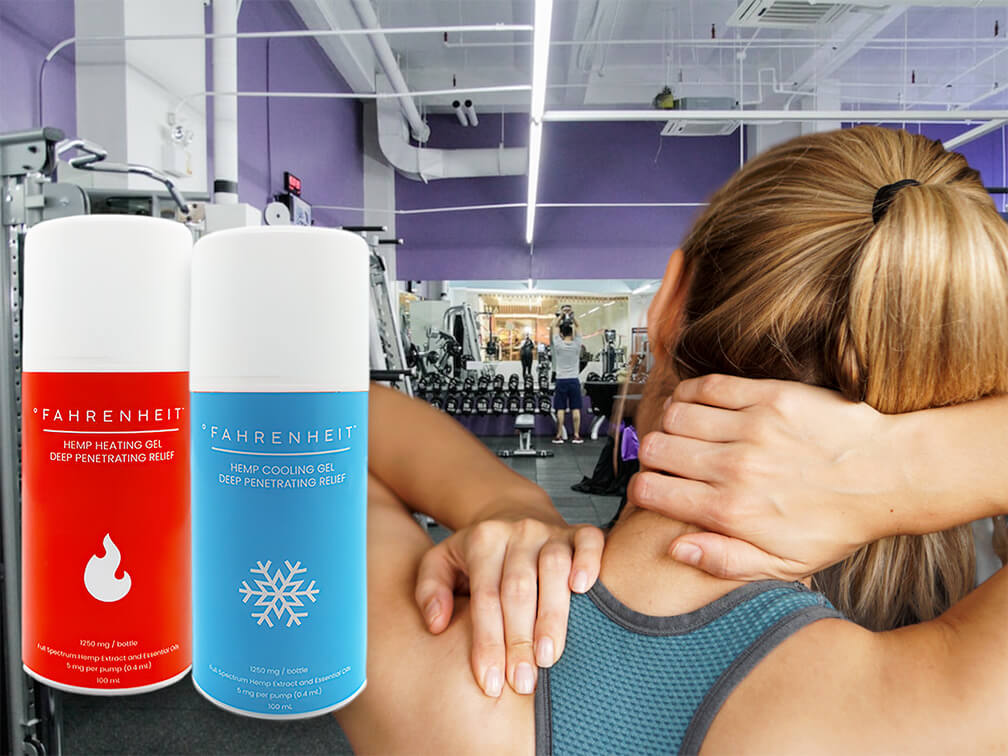Understanding Food Processing (cGMPs)
In the food industry, ensuring the safety and quality of products is of utmost importance. To achieve this, food processors must adhere to a set of regulations known as Current Good Manufacturing Practices (CGMPs). In this blog post, we will explore Subpart B of Part 117, which outlines the requirements and standards for CGMPs in food processing. By understanding these guidelines, food processors can maintain a high level of hygiene, prevent contamination, and ensure the safety of their products.
Subpart B: Current Good Manufacturing Practices (CGMPs)
-
Facility Requirements: Food processing facilities must meet certain standards to protect against contamination. This includes maintaining clean grounds, eliminating conditions for pest breeding, and ensuring proper drainage. The design and construction of the facility should provide adequate space for equipment and storage, and allow for effective separation of operations to prevent cross-contamination.
-
Employee Requirements: Personnel play a crucial role in maintaining food safety. Sick employees must be excluded from operations that could lead to food contamination. Employees should practice good personal hygiene, including wearing clean clothing, using hair restraints, and washing hands regularly. It is essential to provide adequate training and establish protocols to ensure employees follow proper practices.
-
Equipment Requirements: Food processing equipment and utensils must be designed to be easily cleanable and prevent contamination. Food-contact surfaces should be corrosion-resistant, non-toxic, and maintained to protect against allergen cross-contact. Regular maintenance and cleaning procedures should be implemented to ensure equipment remains in good condition.
-
Cleaning Requirements: Sanitary operations are crucial to prevent contamination and maintain food safety. Regular cleaning and maintenance of food contact surfaces, non-food contact surfaces, and utensils are necessary. Safe cleaning chemicals should be used, and toxic chemicals should be stored in a way that prevents contamination. Pest control measures should also be implemented to exclude pests from the facility.
-
Warehousing & Distribution Requirements: Proper storage and transportation practices are vital to protect food from contamination. Food must be stored in containers that prevent contamination, and shipping containers should be inspected for contamination before use. By-products intended for animal food must also be handled and labeled appropriately.
-
Defect Action Levels: Quality control measures should be in place to minimize defects in food products. Mixing contaminated food with uncontaminated food to dilute the contamination level is not allowed, emphasizing the importance of maintaining high standards throughout the production process.
Conclusion: Current Good Manufacturing Practices (CGMPs) are essential guidelines that food processors must follow to ensure the safety and quality of their products. Adhering to Subpart B of Part 117 helps maintain a hygienic processing environment, prevents contamination, and protects consumers. By implementing proper facility requirements, employee practices, equipment maintenance, cleaning protocols, and storage procedures, food processors can meet the stringent standards of CGMPs and contribute to a safer and healthier food supply chain.




